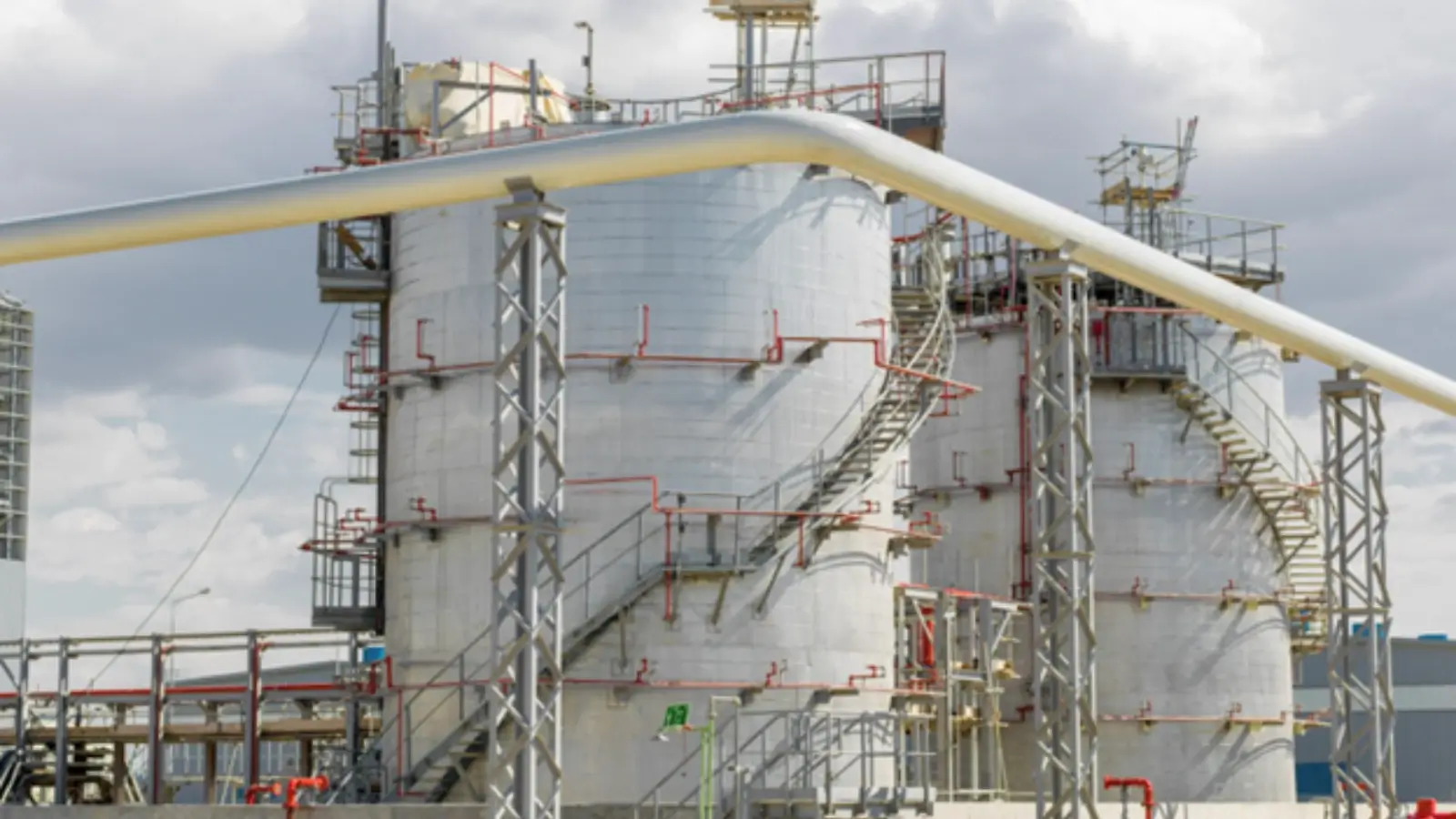


The National Balancing Point, commonly referred to as the NBP, is the United Kingdom’s virtual hub for natural gas trading. It functions as the main reference point for gas prices in the UK and serves as a model for other European markets. By connecting suppliers, distributors, and traders, it facilitates a fluid exchange of natural gas and maintains equilibrium between supply and demand.
The National Balancing Point is more than a marketplace for gas trading; it is a structural component of the UK’s energy economy. It provides a transparent pricing mechanism that helps traders, suppliers, and policymakers interpret market trends and make informed decisions. Understanding the NBP gives stakeholders insight into how natural gas prices fluctuate in response to economic conditions, seasonal demand, and geopolitical factors.
The benchmark price established through NBP transactions also influences contracts and future trading, linking the UK’s gas sector with broader European and global energy networks. For market participants, awareness of how the NBP operates can inform strategies for purchasing, hedging, and investment planning.
Trading at the NBP takes place through a virtual system rather than a physical location. Market participants submit buy and sell offers for natural gas, and prices are determined through the interaction of these bids and offers. This process promotes liquidity and transparency while providing a reliable reference for wholesale gas valuation.
Transactions are typically facilitated by brokers or electronic trading platforms, where contracts can be executed for immediate delivery or for future dates. The system supports both physical balancing, matching actual supply with consumption, and financial trading, which allows companies to manage exposure to price changes.
By maintaining a balance between what is injected into and withdrawn from the grid, the NBP ensures the stability of the UK’s gas infrastructure. The process is overseen by the National Grid, which monitors and adjusts flows to sustain reliable operations across the network.
The NBP affects nearly every aspect of the UK’s gas sector. Its transparent pricing structure contributes to fairer competition among suppliers, supports market confidence, and helps safeguard consumers from unjustified price fluctuations.
Energy companies use NBP data to guide procurement decisions and manage financial risk. Policymakers and regulators also rely on NBP benchmarks when analysing energy affordability and supply resilience. This consistent price signal enables a more predictable environment for both investors and consumers.
Moreover, the NBP strengthens the UK’s connection with continental energy markets. Even as the nation’s trading relationships evolve following Brexit, the NBP remains an influential factor in shaping cross-border gas pricing and contractual arrangements.
Across Europe, similar systems exist, such as the Title Transfer Facility (TTF) in the Netherlands and the Zeebrugge Hub in Belgium. Each operates within its own regulatory and economic context, but they share the goal of improving liquidity and standardising gas pricing.
Compared to other hubs, the NBP stands out for its maturity and accessibility. Its depth of market activity, combined with its integration into financial trading platforms, has established it as one of the most reliable references for gas pricing. However, as competition grows and market conditions evolve, maintaining that influence requires ongoing adaptation to technological and regulatory developments.
The NBP faces a changing energy landscape shaped by the transition to renewables, advances in storage technology, and shifting political relations. As natural gas gradually shares space with low-carbon alternatives, the NBP’s role may expand to include new forms of energy contracts and hybrid pricing structures.
The UK’s movement toward decarbonisation will influence how gas is traded and priced, potentially prompting the NBP to integrate mechanisms that reflect environmental costs and sustainability goals. Meanwhile, external factors such as Brexit continue to shape the regulatory framework, encouraging greater flexibility and innovation in market operations.

The National Balancing Point remains a cornerstone of the UK’s energy market, linking the nation’s gas infrastructure with broader international systems. By providing transparent pricing and facilitating open trade, it supports both economic stability and energy security. Understanding how the NBP functions allows traders, policymakers, and analysts to interpret market behaviour with greater clarity. As the global energy sector evolves toward cleaner and more efficient systems, the NBP’s adaptability will determine its continued relevance and influence in shaping the future of energy trading.